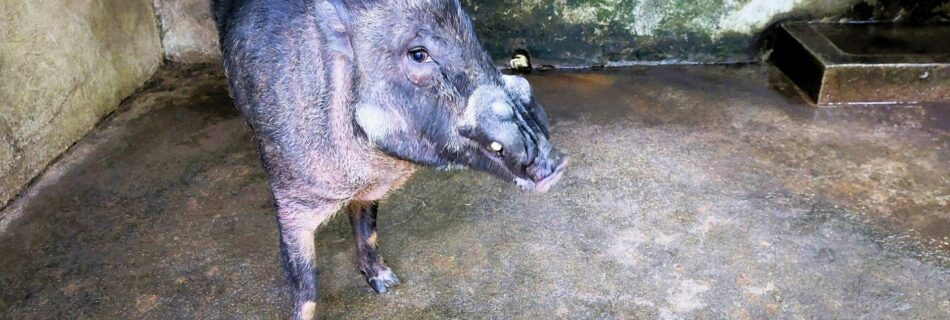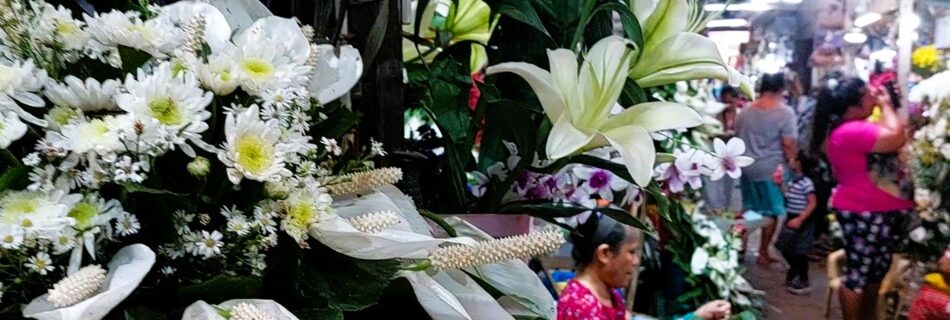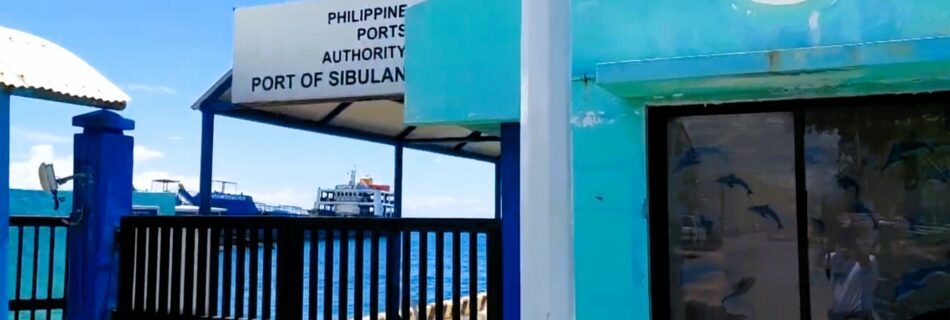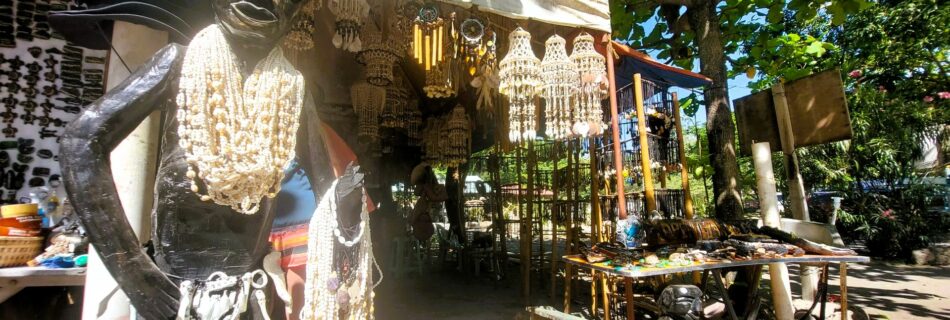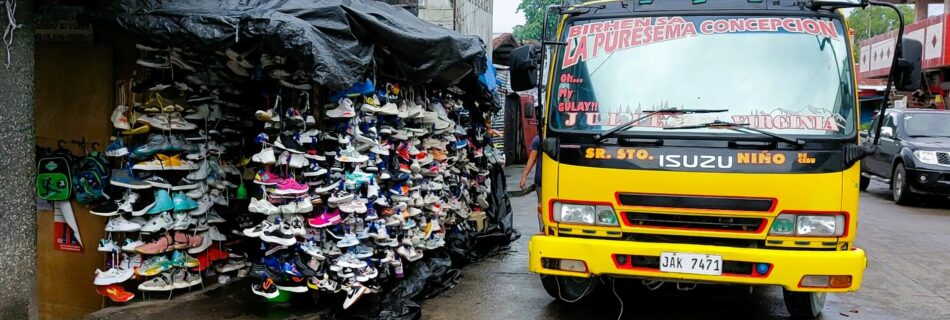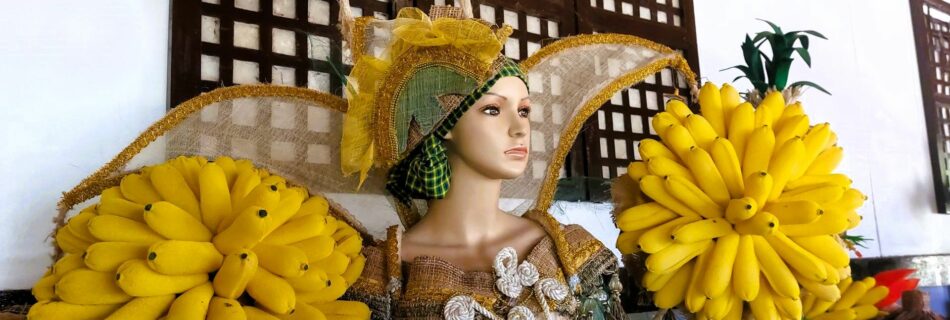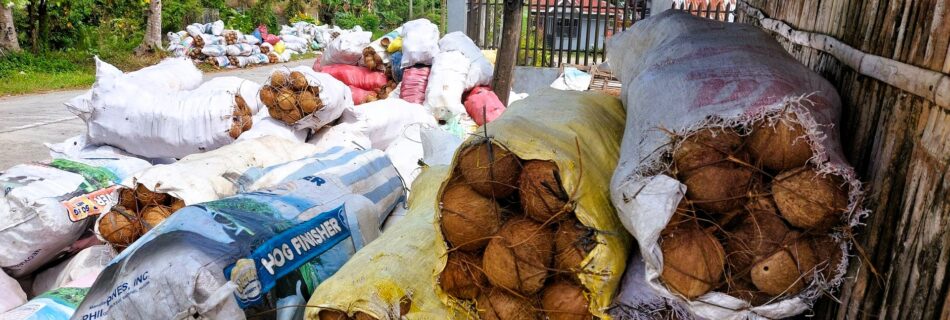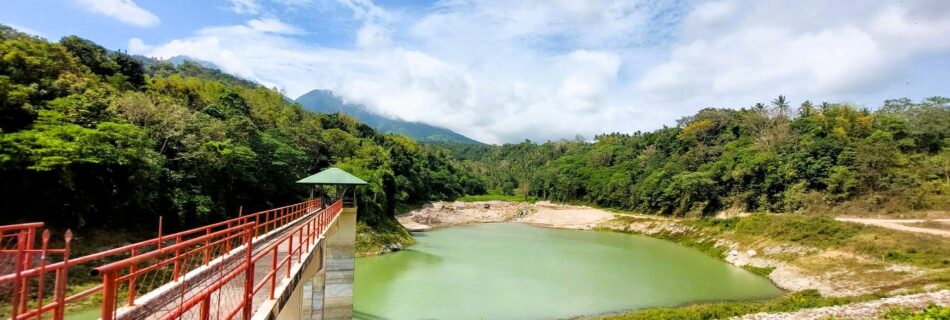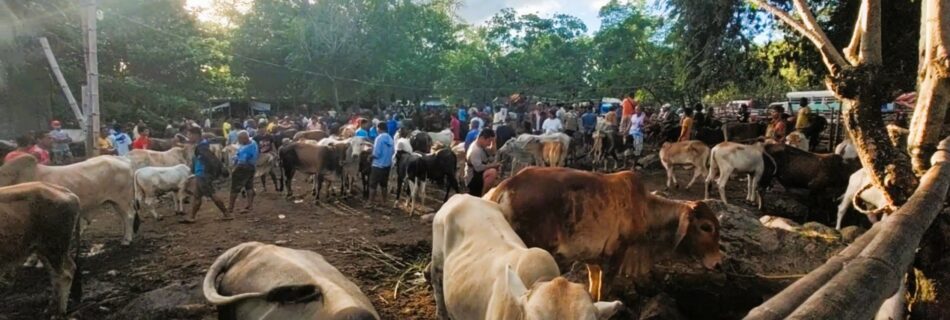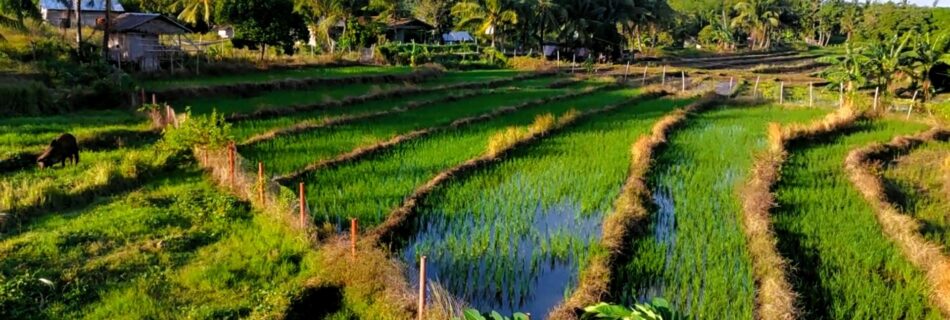BLOG – Local Heroes: Preserving the Negros Warty Pig in its Natural Habitat
The Negros warty pig (Sus cebifrons negrinus) is a critically endangered subspecies of the Visayan warty pig (Sus cebifrons), endemic to the islands of Negros and Panay in the central Philippines. It shares characteristics typical of wild pigs, with medium-sized, barrel-shaped bodies, short legs, and distinctive facial features including a disk-like nose and upturned tusks. Males are significantly larger than females, weighing up to 80 kilograms compared to females’ 40 kilograms. These pigs play a crucial role in seed dispersal within the Philippine islands’ ecosystems, mainly feeding on fruits, leaves, and earthworms. However, habitat loss due to logging and agricultural expansion, particularly for crops like sugarcane, has devastated their population. Encroachment onto cultivated lands has led to human persecution, as farmers view them as crop-raiding pests. Consequently, the Negros warty pig faces extinction, with populations dwindling to small, isolated groups. Efforts to conserve the species include successful breeding programs in various zoos worldwide, such as the Rotterdam Zoo and the San Diego Zoo. These captive populations serve as a lifeline for the species, ensuring its survival while conservationists work to address the root causes of its decline, including habitat destruction and hunting. In addition to conservation efforts in various zoos worldwide, local initiatives also contribute to the preservation of the Negros warty pig. “Tatay” Eti Rene Vendiola, based in Bacong and Siaton, plays a pivotal role in a locally driven breeding program. Located in the mountainous hinterlands of Bacong, near Valencia in Negros Oriental, Tatay Eti oversees a breeding program aimed at sustaining populations of the Negros warty pig within their natural habitat. During a visit to Tatay Eti’s location at Liptong Woodland, he graciously shared insights into his efforts, showcasing one pair of these endangered pigs. His dedication to preserving the species within its native environment underscores the importance of community-driven conservation initiatives in safeguarding the Negros warty pig from extinction.
